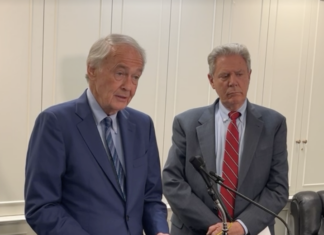By Peter Balakian
Siamanto was arrested on April 24, 1915, in Constantinople/Istanbul along with the famous group of about 250 Armenian cultural leaders; he, along with one segment of that group, was sent to Ayash near Ankara, where he and most of the others were killed by the Turkish gendarmes in the summer of 1915, somewhere outside of Ankara. He was a poet whose identity and writing were an important part of an Armenian cultural renaissance in the first decade of the twentieth century and part of what was the beginning of Armenian literary modernism. He was a central voice in articulating poetry’s role in reclaiming history and myth in order to make a new language and a richer culture. In this sense, he is a poet whose cultural situation bears some resemblance to that of Yeats in Ireland, Neruda in Chile, or
Whitman in the United States, especially during the Civil War.
Although he wasn’t a polemical writer, he believed that poetry could not be entirely separated from the social sphere and, in this case, that meant the pressing conditions of the Armenian people under Ottoman rule. He would have agreed with Whitman’s insistence that “a bard is to be commensurate with a people.” And Siamanto was a poet of bardic affinities. He was a public poet who declaimed his poems before audiences and crowds and was popular in the café culture of Constantinople in those years before
1915.
For the reader unfamiliar with Armenian literary history, it is worth noting the context from which Siamanto emerged at the turn of the twentieth century. In the second half of the nineteenth century, both Eastern Armenia (in the Russian Empire) and Western Armenia (in the Ottoman Empire) were in the midst of a cultural revival. From the second half of the eighteenth century on, both Eastern and Western Armenia had absorbed different dimensions of intellectual tradition from Europe and Russia. The European Enlightenment and Romantic movements had impacts on Armenian writers and thinkers. Voltaire, Racine, Rousseau, and Hugo, for example, embodied ideas about civil liberties and human egalitarianism, and Armenian writers appropriated these ideas to help them address Armenia’s deplorable social and political conditions under Ottoman rule.







